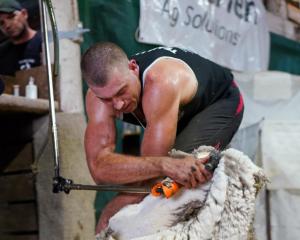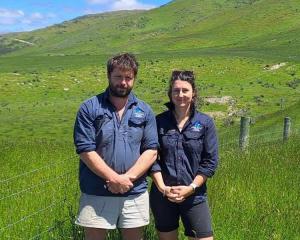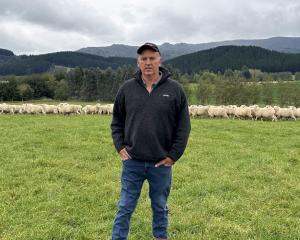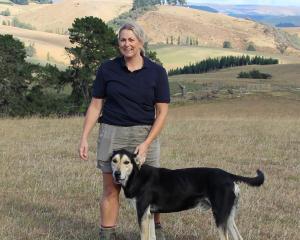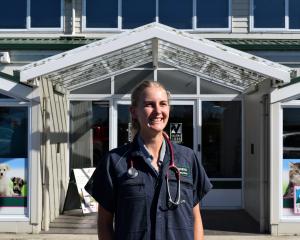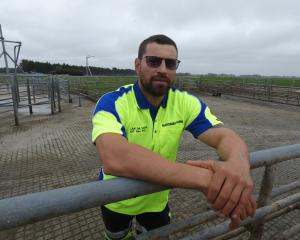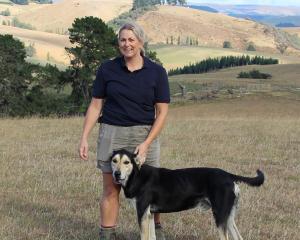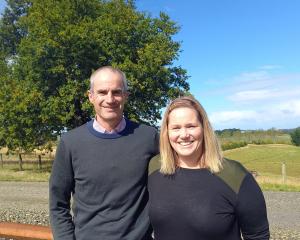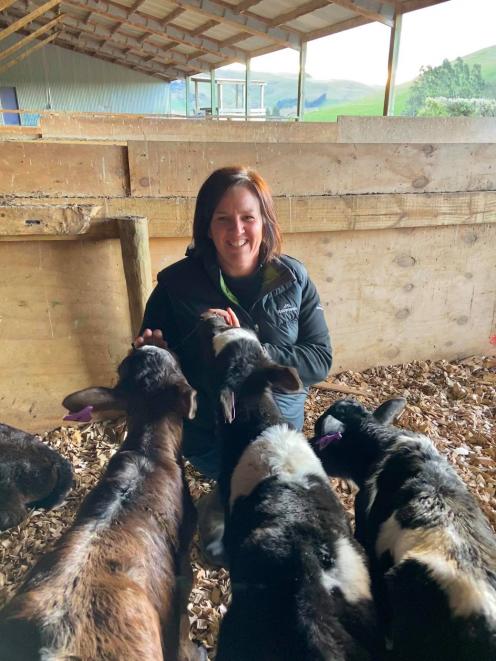
Mrs Johnston and husband Glenn have progressed from lower order and 50-50 sharemilking in Riversdale to farm owners at Clarendon, near Waihola, six years ago.
They own 200ha, run 560 cows and have a milk solid target of 235,000kg of milk solids.
"We started rearing 120 replacements each year. However, as we moved through 50-50 sharemilking we reared a lot more to grow our herd.
All our cows here are my sharemilking babies," she said.
She had picked up a few tricks that made calf rearing significantly easier.
"I always have a notebook with me to record who comes in and what happens.
"I put a whiteboard on the front of the pens in the shed for notes so, if I get hit by a bus, somebody will come in and know what needs to be done."
Attention to detail was important, particularly hygiene.
"It is one of those basics, which if you get right, the rest should fall into place."
That includes ensuring the newborn calves get quality gold colostrum as soon as possible.
"When I was learning calf rearing we did once a day (OAD) feeding, [for calves], which was quite new then, so I have always done that."
They are fed milk each morning and had ad lib access to fresh water and feed.
One key message was finding a feeding system that suited the calves, the farm and the calf rearer.
Keeping a close eye on calf health was important.
"If something starts to show up, it pays to treat them then, rather than waiting to look at it the next day when it could be twice as bad."
She keeps the calves 20 to a pen and they stay within that group.
"They recommend the standard 1.5sq m per calf but I have the luxury of a big shed so give them a bit more than that.
"They like to have a wee hoon around."
By the time they were five to six weeks old, they could go outside weather depending, and fed on mobile calf feeders.
"The most fun part of calf rearing is the day they get to go outside for the first time and they are in the paddock and have a big hoon.
"One big challenge to myself is to make sure nobody [no calf] gets sick."
"I want to make sure all those babies are nice and healthy and I fight for every one [to survive].
"However, I have to accept some are born with issues."


